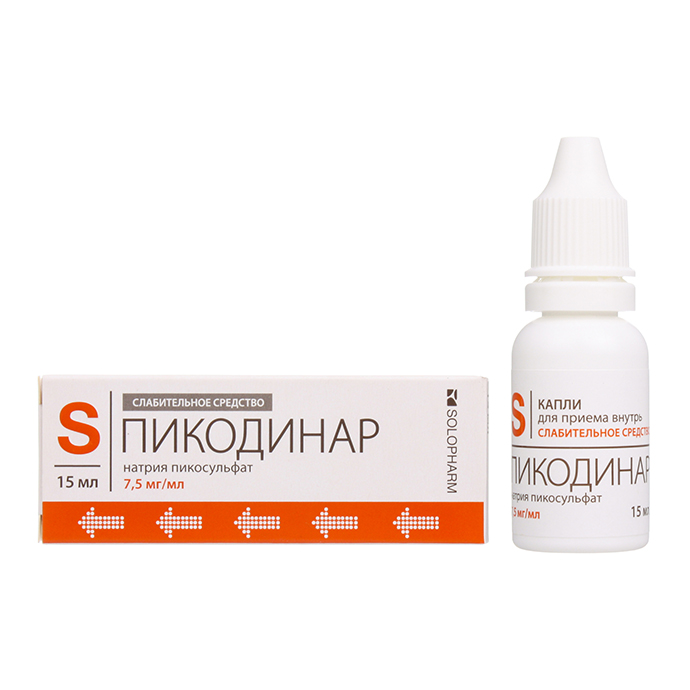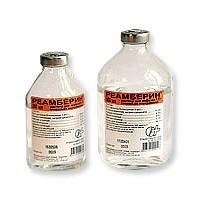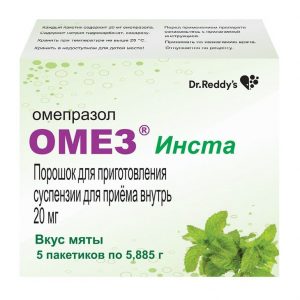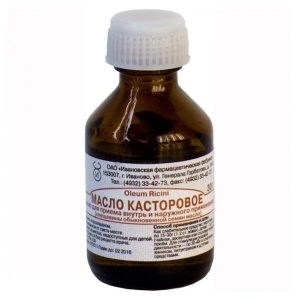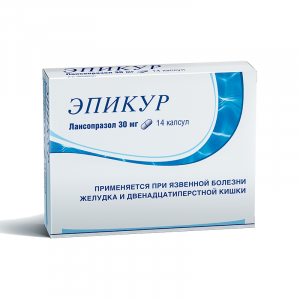Description
Release form
Solution for oral administration
Pharmacological action
Active ingredient – sodium picosulfate is a laxative of the triarylmethane group. As a local laxative, sodium picosulfate, after bacterial cleavage in the large intestine, has a stimulating effect on the mucosa of the large intestine, increasing motility, and promotes the accumulation of water and electrolytes in the large intestine. This leads to stimulation of the bowel movement, a decrease in evacuation time and softening of the stool.
Sodium picosulfate, being a laxative, acting at the level of the colon, it stimulates the natural process of evacuation of contents from the lower parts of the gastrointestinal tract. Therefore, sodium picosulfate does not affect the digestion or absorption of high-calorie foods or essential nutrients in the small intestine.
Indications
As a laxative in the following cases:
– constipation due to atony and hypotension of the colon (including the elderly, in bedridden patients, after surgery, after childbirth and during lactation)
– constipation caused by taking
medicines – to regulate stool for hemorrhoids, proctitis, anal fissures (to soften the stool consistency) – gallbladder disease, irritable bowel syndrome with a predominance of constipation
– constipation, due to intestinal dysbiosis, dietary disorders.
Special instructions
Like other laxatives, Picodinar should not be taken daily without consulting a doctor for more than 10 days. If necessary, daily use of laxatives should determine the cause of constipation. Long-term use of laxatives can lead to a violation of the water and electrolyte balance and hypokalemia, as well as become a cause of “addiction” and constipation due to the effect of “rebound”.
Picodinar should be taken under medical supervision in conditions associated with impaired water and electrolyte balance (for example, with severe impairment of renal function). Reported cases of dizziness and / or fainting, which in time coincided with the use of sodium picosulfate. Analysis of cases showed that these conditions are associated with fainting during bowel movements (or fainting caused by tension during bowel movements) or are associated with a vasovagal reaction to abdominal pain, which may be due to constipation, and is not necessarily associated with taking the drug.
Picodinar is effective in eliminating constipation in cancer patients receiving high doses of opioids. Studies on the effect of the drug on fertility have not been conducted. In the course of preclinical studies of teratogenic effects on reproduction were not detected. The drug contains sorbitol, therefore, patients with rare hereditary fructose intolerance are not recommended to take it. The drug does not have taste, so it can be added to children as food. Children should take the drug only as directed by a doctor.
Effect on the ability to drive vehicles and mechanisms
There have been no special clinical studies of the effect of the drug on the ability to drive vehicles and work with other mechanisms. Despite this, patients should be warned about the possibility of developing adverse reactions such as dizziness and / or syncope due to a vasovagal reaction (in particular, abdominal spasm). In the event of an abdominal cramp, the patient should avoid such potentially hazardous activities as driving or working with other mechanisms.
Composition
1 ml of the preparation contains:
Active ingredient:
Sodium picosulfate monohydrate 7.5 mg
Excipients:
Sorbitol liquid (non-crystallizing) 643.7 mg
Sodium benzoate 2.0 mg
Sodium citrate dihydrate 1.5 mg
Citric acid anhydrous 1.28 mg
10 M sodium hydroxide solution to pH 4.5-7.5
Water for injection up to 1.0 ml
is stopped. Side effects of
Side effects are rare with short-term administration of the drug.
Possible side effects are classified by frequency of occurrence as follows:
very often ( 1/10),
often ( 1/100, <1/10), infrequently ( 1/1000, <1/100), rarely ( 1/10000, <1/1000), very rarely (<1/10000), frequency is unknown (there are currently no data on the prevalence of adverse reactions). With prolonged use of the drug at significantly higher doses, the following disorders are possible: on the part of the skin and subcutaneous tissues , frequency is unknown: skin rash, urticaria, pruritus on the part of the metabolism and nutrition frequency is unknown: increased excretion of potassium, sodium and other electrolytes, possibly development of dehydration from the gastrointestinal tract very often: diarrhea often: dyspeptic symptoms, cramping and abdominal pain, flatulence infrequent: vomiting, nausea frequency unknown: pain in areas of the stomach and anus, increased intestinal motility, which occur with a decrease in the dose of from the immune system , frequency is unknown: allergic reactions, angioedema, allergic dermatitis from the nervous system infrequently: dizziness frequency unknown: headache, increased fatigue, drowsiness, convulsions, fainting. Dispensing conditions from pharmacies Without a prescription
